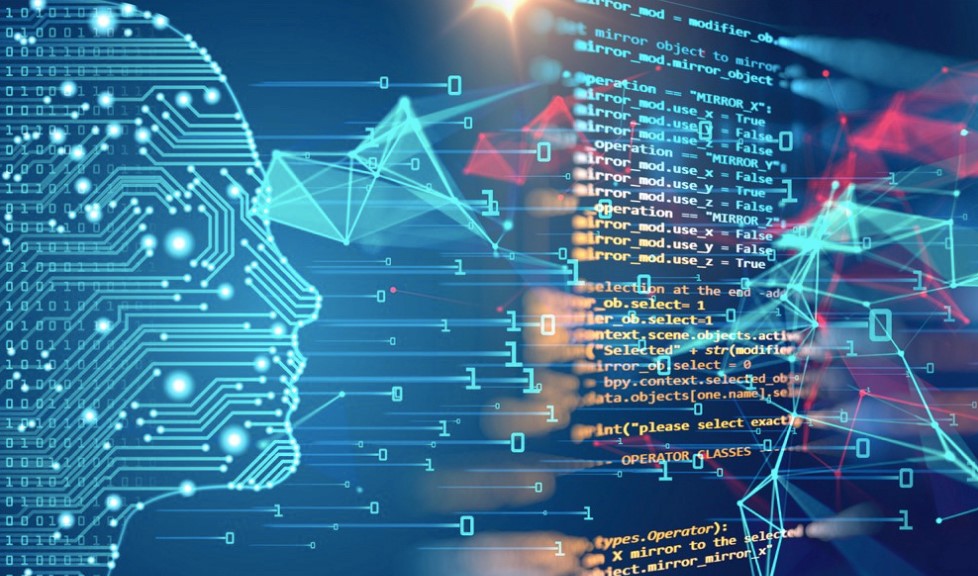Shop At Haya: Your Ultimate Shopping Guide
Discover the best shopping tips, trends, and deals for a smarter buying experience.
Machine Learning: Where Algorithms Dream Big
Discover how machine learning is revolutionizing innovation and turning algorithms into dreamers. Dive into the future of AI today!
Understanding the Basics of Machine Learning: How Algorithms Learn
Machine learning is a subset of artificial intelligence that focuses on the development of algorithms that enable computers to learn from and make predictions based on data. The process begins with the gathering of data, which is then utilized to train a model. During this training phase, the algorithm identifies patterns and correlations within the data. Once trained, the model is capable of making predictions or decisions without human intervention, refining its accuracy as it processes more information.
There are several types of machine learning algorithms, broadly categorized into supervised, unsupervised, and reinforcement learning.
- Supervised learning involves training a model on a labeled dataset, where the desired output is known.
- Unsupervised learning focuses on finding hidden structures in unlabeled data, allowing the algorithm to explore the data without guidance.
- Reinforcement learning is a type of algorithm that learns by interacting with an environment, receiving feedback through rewards or penalties.

The Future of Machine Learning: Trends and Innovations to Watch
The landscape of machine learning is rapidly evolving, and several key trends are set to shape its future. One of the most significant trends is the ongoing advancement of automated machine learning (AutoML) tools, which enable users with little to no data science expertise to create robust models. This democratization of machine learning is opening doors for businesses of all sizes, allowing them to leverage data-driven insights without the need for extensive technical knowledge. Additionally, the integration of machine learning with other emerging technologies such as internet of things (IoT) and blockchain is creating new opportunities for innovation and efficiency across various sectors.
Another noteworthy innovation on the horizon is the rise of explainable AI (XAI). As machine learning models become more complex, understanding their decision-making processes is becoming crucial, particularly in industries like healthcare and finance where accountability is vital. XAI aims to enhance transparency by developing models that provide clear, interpretable outputs. Furthermore, the increasing emphasis on ethical AI practices and regulations will drive the need for responsible use of machine learning, ensuring that models are fair, accountable, and prioritize user privacy. As these trends unfold, staying informed will be essential for anyone looking to harness the power of machine learning in the future.
Common Misconceptions About Machine Learning: Separating Fact from Fiction
Machine learning is often surrounded by a cloud of misconceptions that can hinder understanding of its true potential. One of the most prevalent myths is that machine learning algorithms are inherently intelligent or possess autonomous decision-making capabilities. In reality, these algorithms are simply tools that rely on data to identify patterns and make predictions. They function under the guidance of human programmers and are only as effective as the data they are trained on. This leads to another common misconception: the belief that more data always leads to better outcomes. While data volume can improve model accuracy, it's the quality and relevance of that data that truly matters.
Another misconception is that machine learning can solve any problem without human intervention. Although advancements in automation and artificial intelligence are remarkable, human expertise is still crucial for interpreting results and providing contextual insights. Moreover, many people think that machine learning can operate without bias; however, bias in training data can lead to biased outcomes. Awareness of these issues is key to leveraging machine learning responsibly. In summary, separating fact from fiction about machine learning is essential for its responsible application and wider adoption.